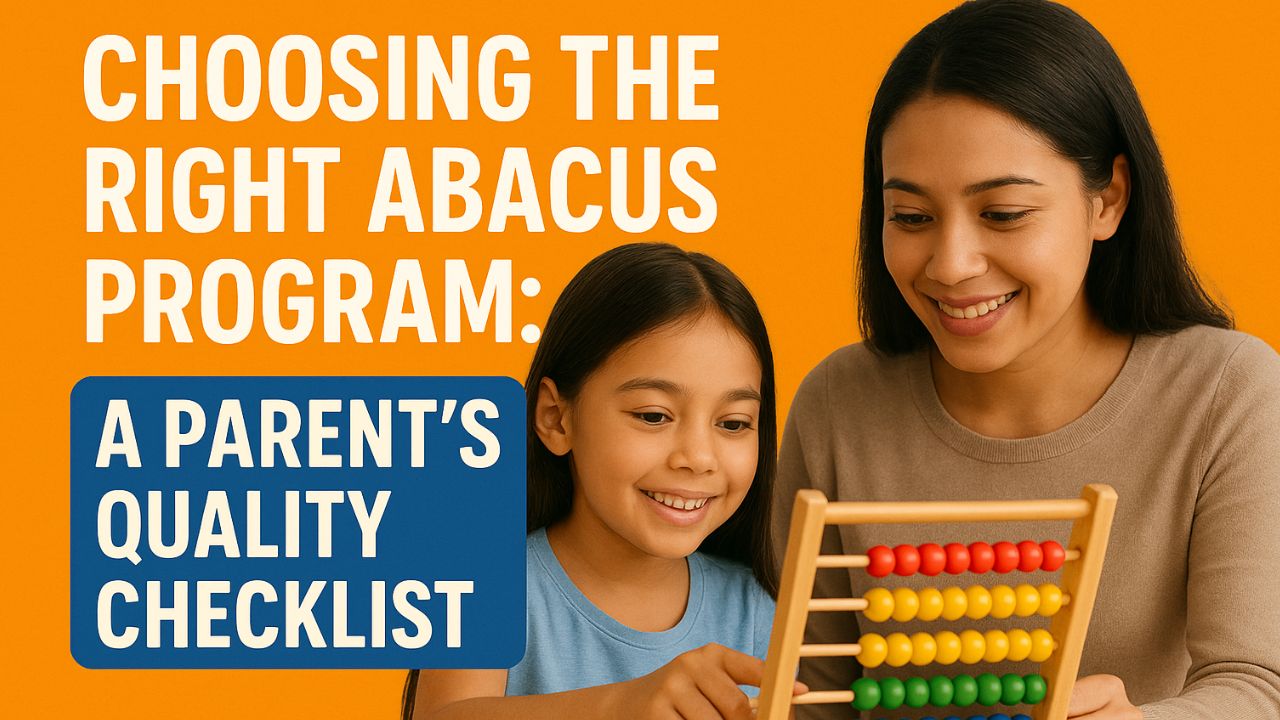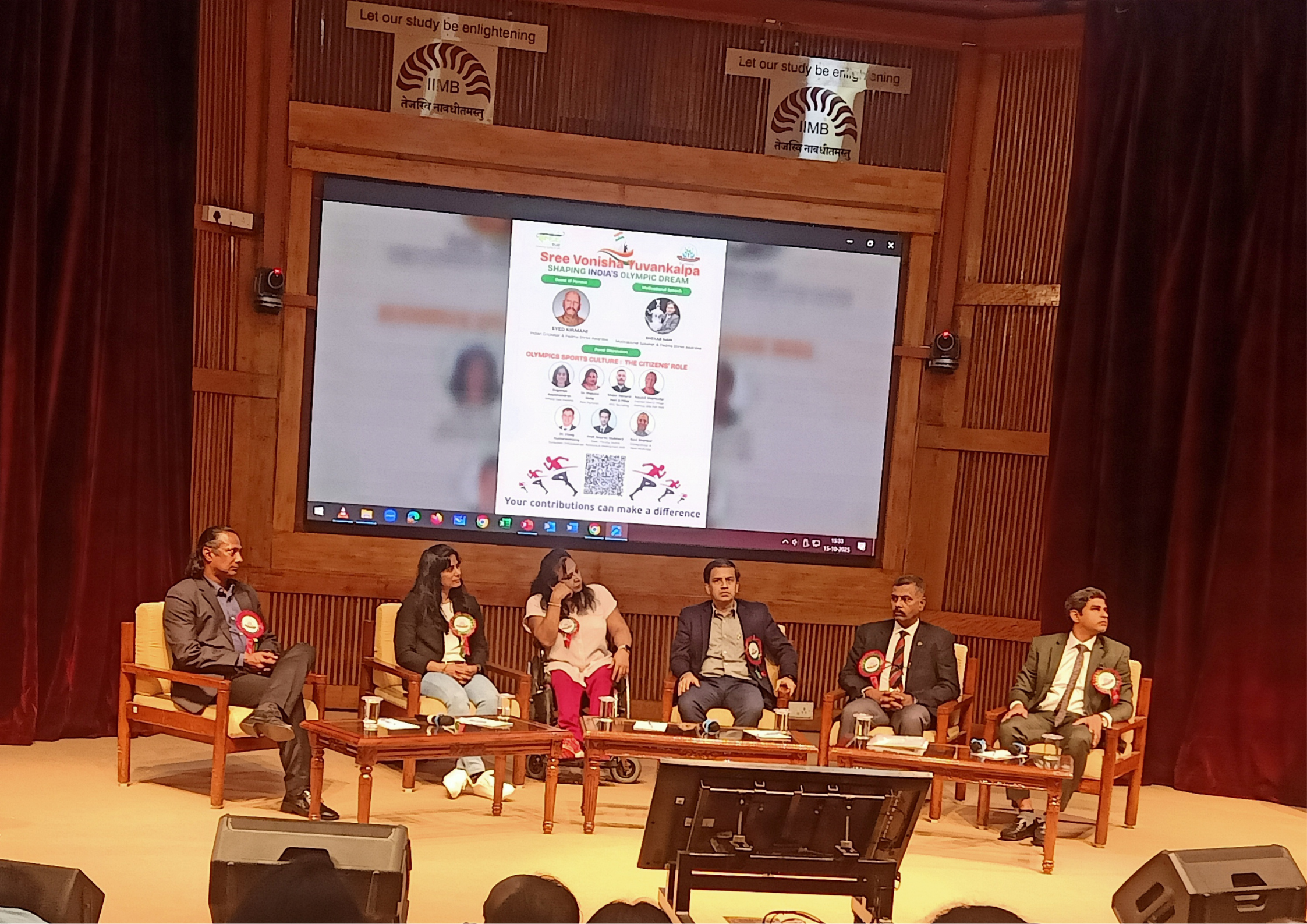Choosing the Right Abacus Program: A Parent’s Quality Checklist

An Evening Search That Feels Overwhelming
Rina sat at her laptop, scrolling through dozens of local abacus classes. Each promised “world-class training,” “international curriculum,” and “mental math mastery in weeks.” How could she possibly know which program would truly help her 6-year-old son develop confidence with numbers—and which might be just colorful marketing?
If you’ve ever faced a similar dilemma, you’re not alone. Abacus training can transform a child’s number sense and concentration, but only when the program is well-designed and child-centered. Below is a comprehensive checklist to help parents evaluate options with clarity and confidence.
1. Instructor Credentials and Training
Why it matters:
A great curriculum fails without a well-trained guide. Experienced instructors not only teach technique but also inspire kids to stay curious and persistent.
Parent questions to ask:
- How many hours of instructor training and certification have you completed?
- Do you have ongoing professional development or refresher courses?
- Can you share references or testimonials from other parents?
Look for certifications from recognized abacus organizations.
2. Class Size and Student–Teacher Ratio
Children thrive when they receive personal attention.
- Ideal size: 8–12 students per instructor for younger children (ages 5–7).
- Why it matters: Smaller groups allow teachers to spot posture issues, finger-placement mistakes, or struggles with mental visualization early.
3. Curriculum Depth and Progression
A solid program moves through three clear stages:
- Foundation: Hands-on bead manipulation.
- Transition: Slow shift toward “visualization.”
- Mental Abacus: Performing calculations entirely in the mind.
Ask for a syllabus or progression chart. If the program promises mental calculations in just a few weeks, be cautious—true mastery typically requires at least 18–24 months of steady practice.
4. Emphasis on Visualization and Mental Math
The ultimate goal is mental abacus, not merely moving beads.
Look for classes that introduce imaginative practice early—simple “picture the beads” exercises that grow gradually.
5. Practice Structure and Home Support
Daily short practice sessions (5–10 minutes) matter more than long, irregular lessons.
Checklist points:
- Does the center provide weekly homework or digital practice tools?
- Are parents given guidance on how to support without pressuring?
6. Competitions and Motivation
Healthy competition can spark enthusiasm.
- Do they host internal challenges or participate in national/international abacus contests?
- Are these events framed as celebrations of progress, not high-pressure exams?
Competitions like the All Japan Soroban Championship or India’s UCMAS national meets give children a goalpost and build confidence.
7. Integration with Broader Learning
A strong program highlights that abacus is a supplement, not a substitute for school math.
Ask:
- “How do you encourage children to apply mental math in real-life contexts—like shopping or splitting bills?”
- “Do you discuss concepts like number sense, estimation, or problem-solving?”
8. Safety, Atmosphere, and Child Comfort
Visit the center if possible. Notice:
- Are children engaged and smiling?
- Is the space well-lit and child-friendly?
- Do instructors greet students by name?
A positive emotional environment makes learning joyful.
9. Transparent Fees and Policies
Request a written breakdown of fees, including registration, materials, competition charges, and make-up class policies.
Hidden costs or long lock-in contracts can be red flags.
10. Parent–Teacher Communication
Regular feedback sessions keep you informed and help children stay on track.
Look for:
- Monthly progress reports.
- Opportunities to watch a class or receive video updates.
Quick Parent Checklist
| Quality Indicator | What to Look For |
|---|---|
| Certified, trained instructors | Documented training hours |
| Small class size | Ideally 8–12 per teacher |
| Clear progression to mental abacus | Syllabus shared upfront |
| Home practice support | Weekly assignments, parent tips |
| Balanced competition | Optional, low-pressure events |
| Transparent pricing | No hidden fees |
Red Flags to Watch
- “Guaranteed results in 3 months” claims.
- Overcrowded classrooms.
- No evidence of instructor training.
- Excessive focus on speed over understanding.
A Final Word to Parents
Choosing an abacus program isn’t about finding the flashiest ad or the lowest fee—it’s about quality teaching, consistent practice, and a nurturing environment.
As Rina eventually discovered, the right center welcomed her questions, explained its curriculum, and encouraged her to sit in on a trial class. Her son now eagerly races her to calculate grocery bills, proving that careful selection pays off.
Bottom line:
Use this checklist as your compass. With the right guidance, those humble beads can spark a lifetime of mathematical confidence—and maybe even a little brilliance.
This article is for informational purposes and draws on publicly available information from global abacus training standards and parent feedback. Always visit centers in person before enrolling your child.




